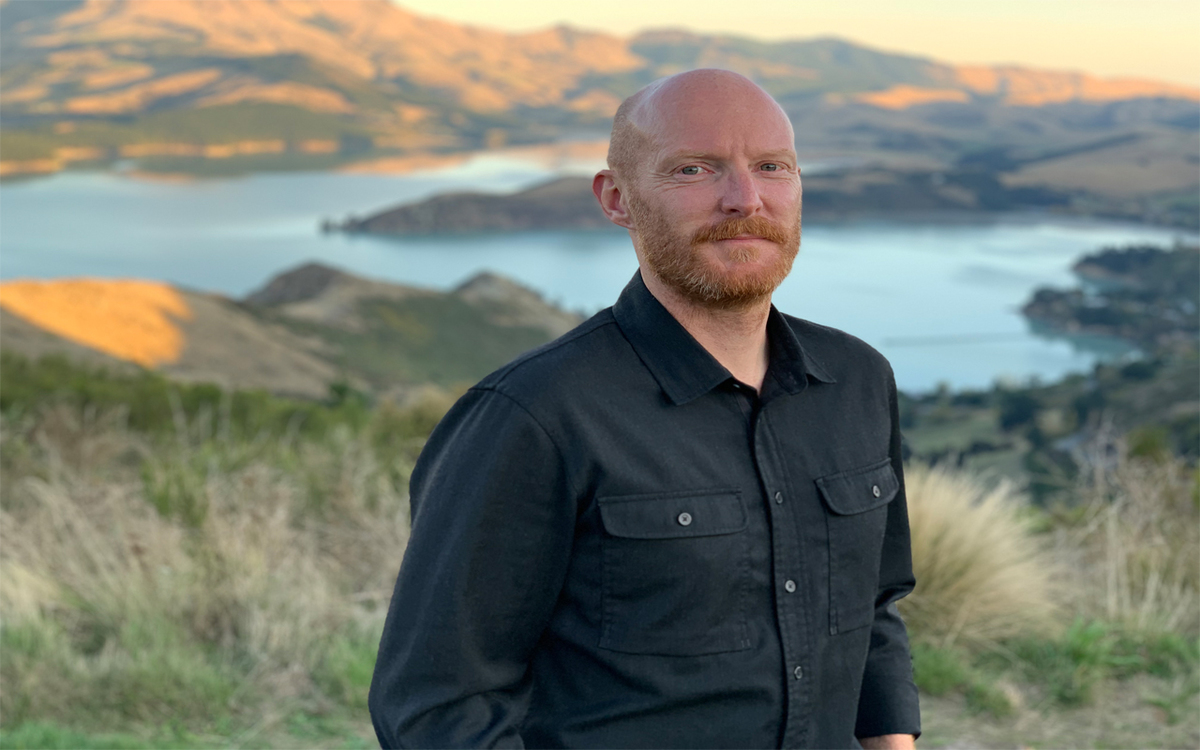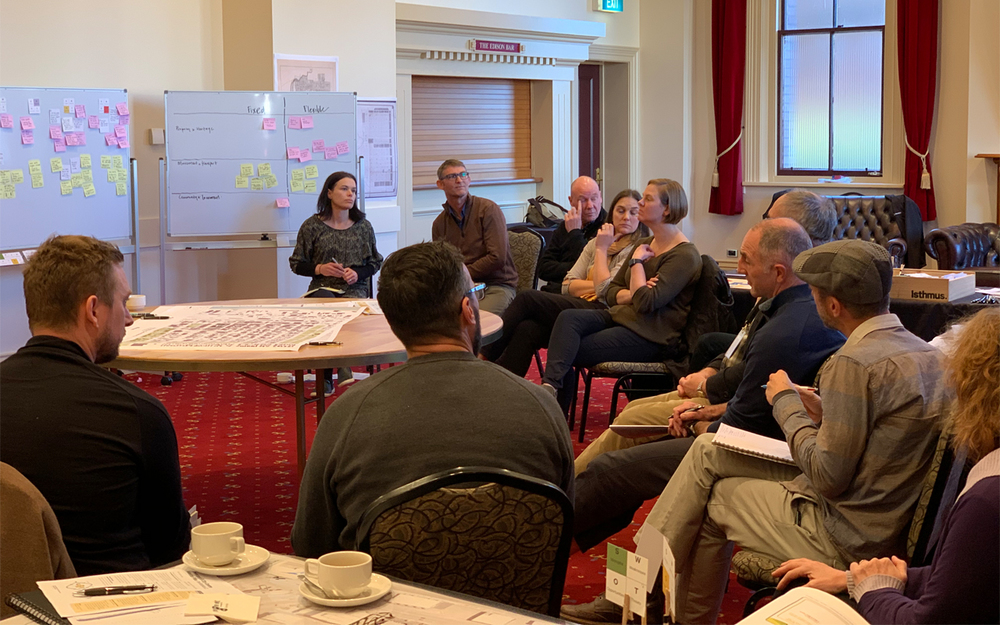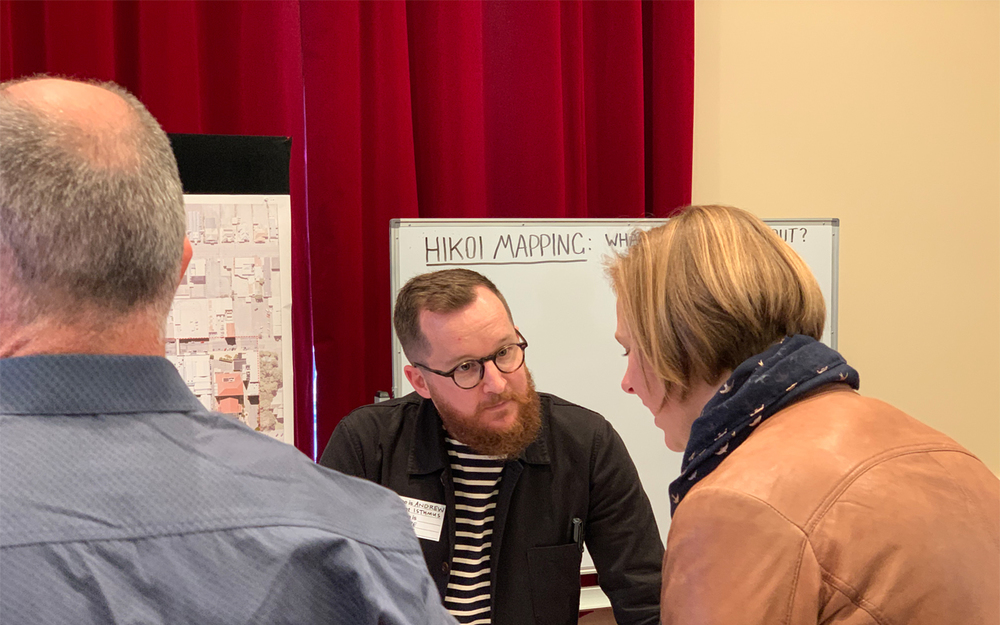Bringing back the wow: Isthmus Group team starts Invercargill City Centre planning
Marjorie Cook
07 July 2020, 12:32 AM
 Isthmus Group principal Nik Kneale is excited about the Invercargill City Centre project: PHOTO: SUPPLIED
Isthmus Group principal Nik Kneale is excited about the Invercargill City Centre project: PHOTO: SUPPLIEDChristchurch landscape architect Nik Kneale, of Isthmus Group, leads a team of urban designers who have recently been given the task to “bring back the wow’’ to Invercargill’s city centre.
The Invercargill City Centre urban design master plan is just one small cog in a much bigger wheel: a significant, multi-million dollar development on which the city’s business confidence and feel good factor is dependent.
Ratepayers have now committed $46 million to the wider $200 million city block development.
Demolition of 14 heritage buildings is underway and this month, the Government stumped up $10 million in its COVID-19 pandemic rescue package for shovel-ready project funding.
The developer is Invercargill Central Ltd, a joint venture company co-owned by the Invercargill City Council and a private company, HWCP Management Ltd, associated with the O’Donnell family.
The city block is bounded by Esk, Dee, Tay and Kelvin streets and despite its heritage status, the development will retain just three historic facades, as well as the New South Wales bank building.
The remainder of the space will be redeveloped into retail, office and hospitality premises.
The council announced on June 17 that Isthmus Group had won the urban design master plan tender. It has already set aside up to $20 million for streetscape work as part of the Long-Term Plan and approved up to $250,000 for a design specialist.
The recent council and Government investments are vital to the project but now everything from street layout to the humblest piece of street furniture must be planned.

The Isthmus Group team talk with mayor Sir Tim Shadbolt (centre) about the city centre master plan. PHOTO: SUPPLIED
The Isthmus team of urban designers and landscape architects visited Invercargill in mid-June to get the lay of the land and will return regularly over the next 6 months.
Demolition should be finished by October and Mr Kneale hopes to deliver the city centre master plan and streetscape recommendations to the council by the end of the year.
Council chief executive Claire Hadley says ratepayers and councillors are looking for “transformational change’’ to the heart of the city.
Her key buzz words are to “bring back the wow’’. The master plan must revitalise the heart of the city, be inclusive, create a bustle, and draw people and future investors to the region.
That means all eyes are on Isthmus and its vision for city central streets. So - what is wow? And how scary is it to have to find it?
Mr Kneale laughs when this question is put.
“We’ve been trying to figure out what "wow" is for Invercargill. Everyone has different ideas, and it's important we're driven by what "wow" means to locals. Ultimately a successful place is one that is recognisable and draws people back again and again. You need to be able to arrive in Invercargill and go: “I know I am in Invercargill”. Whatever it is that people love about Invercargill, that’s the "wow" and it's what will be built upon,” he said.
So, what do urban designers do?
Mr Kneale has been involved in several public space projects over the last two decades, including Christchurch’s heritage lanes project, since destroyed by the 2011 earthquake, as well as post-earthquake design projects in that city.
Post-earthquake, the key design move was to reconnect Christchurch city with its environment, most notably its waterfront on the Avon River. Decisions around traffic, spatial design, water treatment and planting design all flowed from and supported the refocus on the river.
Mr Kneale grew up in Christchurch and loved drawing cityscapes when he was a kid.
“I was drawn to urban design because it is creative, and I’ve stuck with it because it is such a fascinating discipline. I spend a whole lot of time with really interesting people, with a whole lot of different perspectives.’’
“[We] work primarily in the fields of landscape architecture, urban design and architecture. There is a power in these disciplines working together, a power of collective knowledge. The overlap is where we're happiest. Cities are complex systems and projects like the Invercargill master plan are about collective knowledge, connections, and a variety of perspectives,’’ he said.

Stakeholders meet with Isthmus Group planners to discuss the city centre project. PHOTO: SUPPLIED
Mr Kneale is excited about the Invercargill project because of the city’s multiple layers of heritage and history.
The city was founded in 1856 and is stacked with Victorian, Edwardian and Art Deco buildings.
There are (or were, before demolition began) some 80 buildings with heritage value in the city centre, 22 buildings registered with Heritage New Zealand and another 64 buildings considered significant.
“It is kind of a blessing, an opportunity and a constraint at the same time. Towns around the world jealously look at Invercargill because it has got so much of the built fabric still there. But as a property owner or a council, trying to deal with this is challenging,’’ he said.
When Mr Kneale worked on the Christchurch heritage lanes precinct, the team looked at how to get people using them more often, because the lanes exposed the sides and backs of heritage buildings, which were quite interesting.
“Invercargill has some great lanes", he said. “After the Christchurch earthquakes, the Christchurch lanes were just not the same, not as rich as the originals.’’
Invercargill also has some great green spaces, he said.
“The central city is defined by a greenway that wraps around the city. I am fascinated by that. It was a bold move. Over time, these strong spaces can get lost,’’ Mr Kneale said.

The listening and interpreting phase has begun. PHOTO: SUPPLIED
Mr Kneale and his team will consult Invercargill stakeholders about their vision for the city centre and seek their suggestions for bringing people into the centre and getting it humming again.
“We spend time at the start, discovering, soaking up everything like sponges, absorbing as much as possible about the people and the place. We will then interpret that. That’s the phase we are in at the moment. We have had a bunch of workshops and are working with a range of stakeholders to get a variety of perspectives. Ultimately, this will be Invercargill’s business plan. The stakeholders will take ownership, longer term.
“We are not drawing anything at the moment. We are listening and interpreting. Design stages will follow and the master plan should be finalised by the end of the year.’’
Isthmus Group is also teaming up with Gap Filler, a creative social enterprise that came to prominence after the Christchurch earthquakes for its delivery of temporary installations, programmes and events to make the city centre a fun place to be while everyone picked themselves up again.
“The idea with activation and temporary use is we get people engaged in public spaces and streetscapes ahead of permanent projects on the ground. The activation approach lets us test ideas, get feedback and engagement . . . We are not beavering away in a locked room. We'll be seeking feedback along the way,’’ Mr Kneale said.
AGENTS



